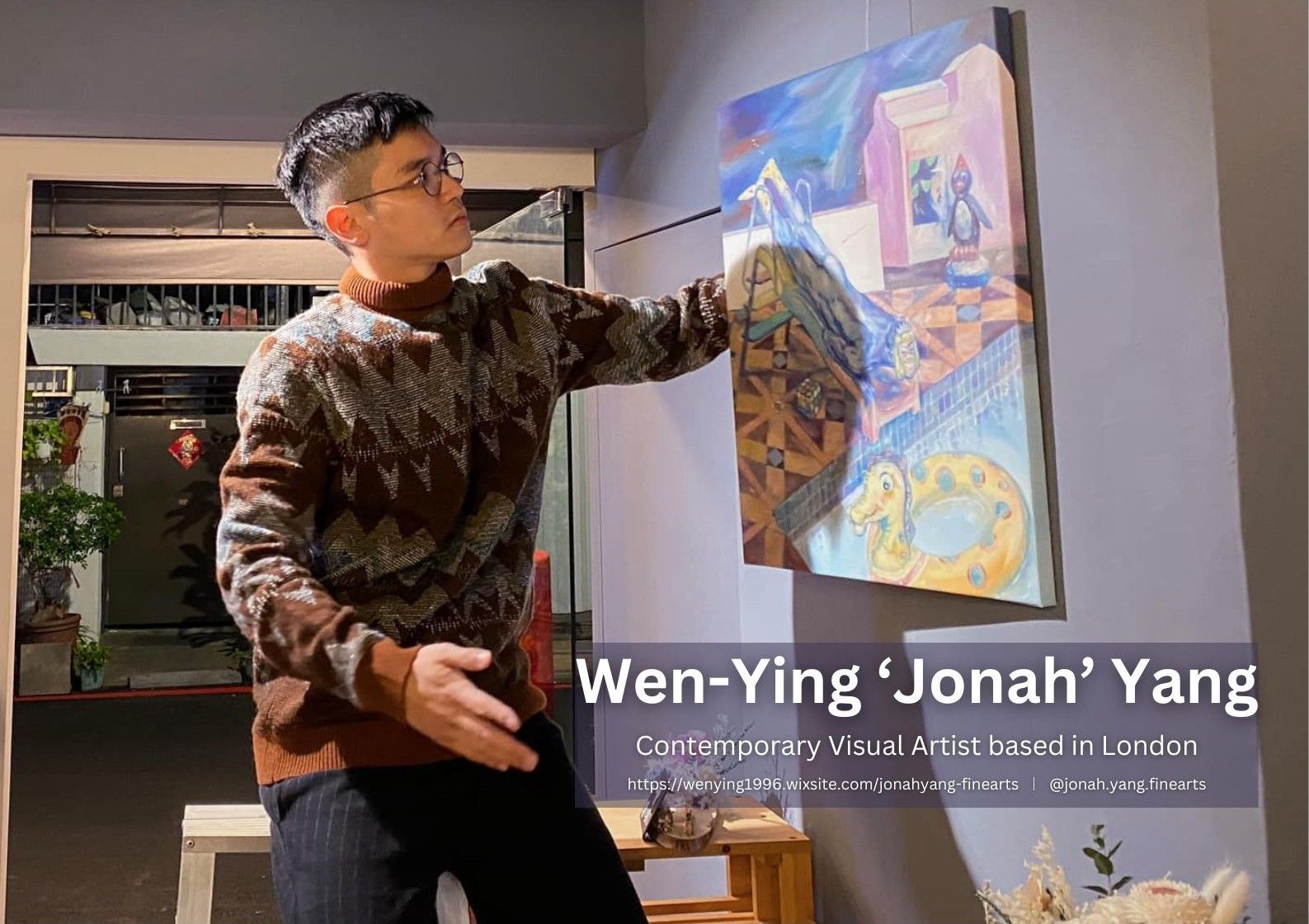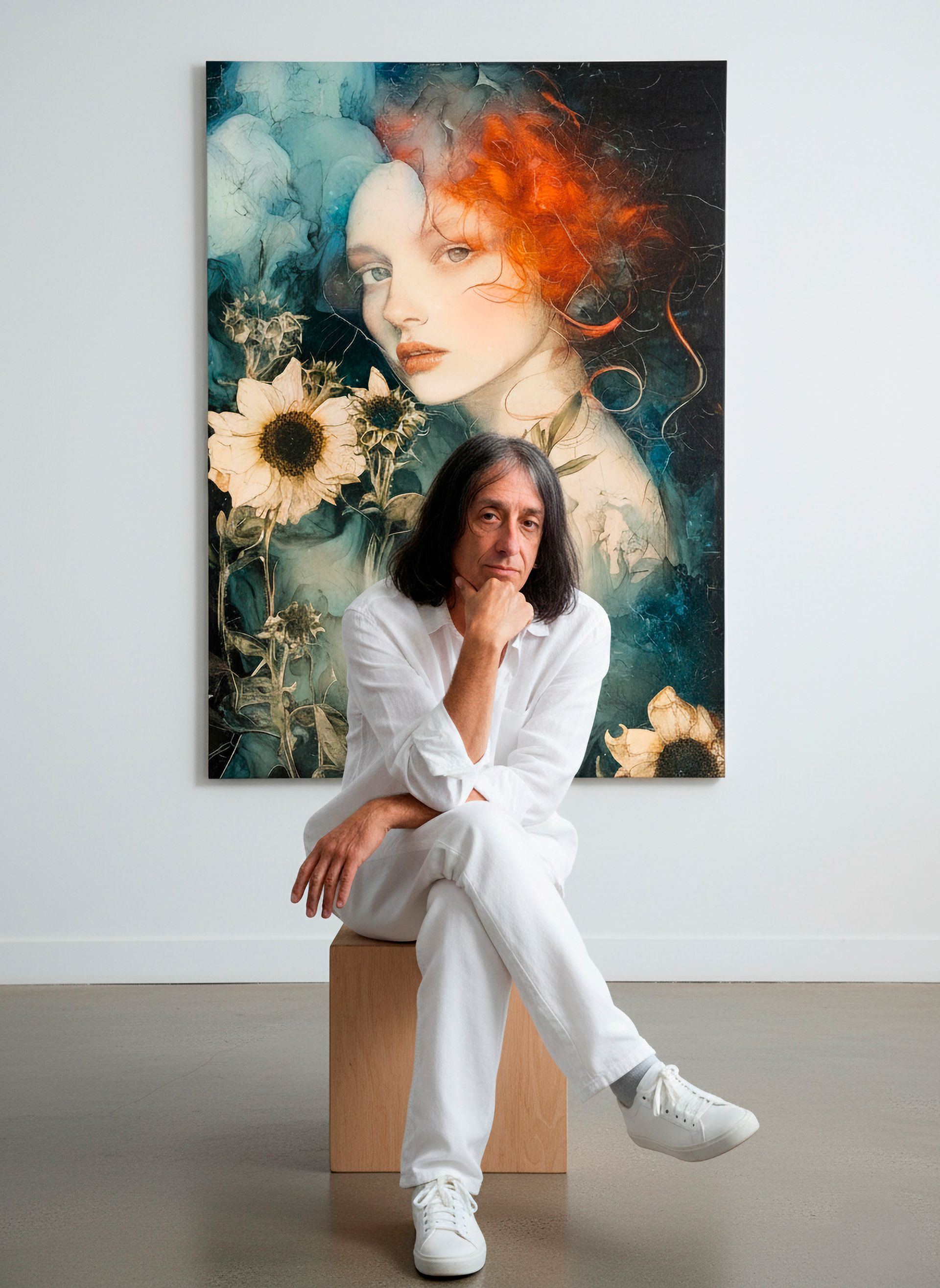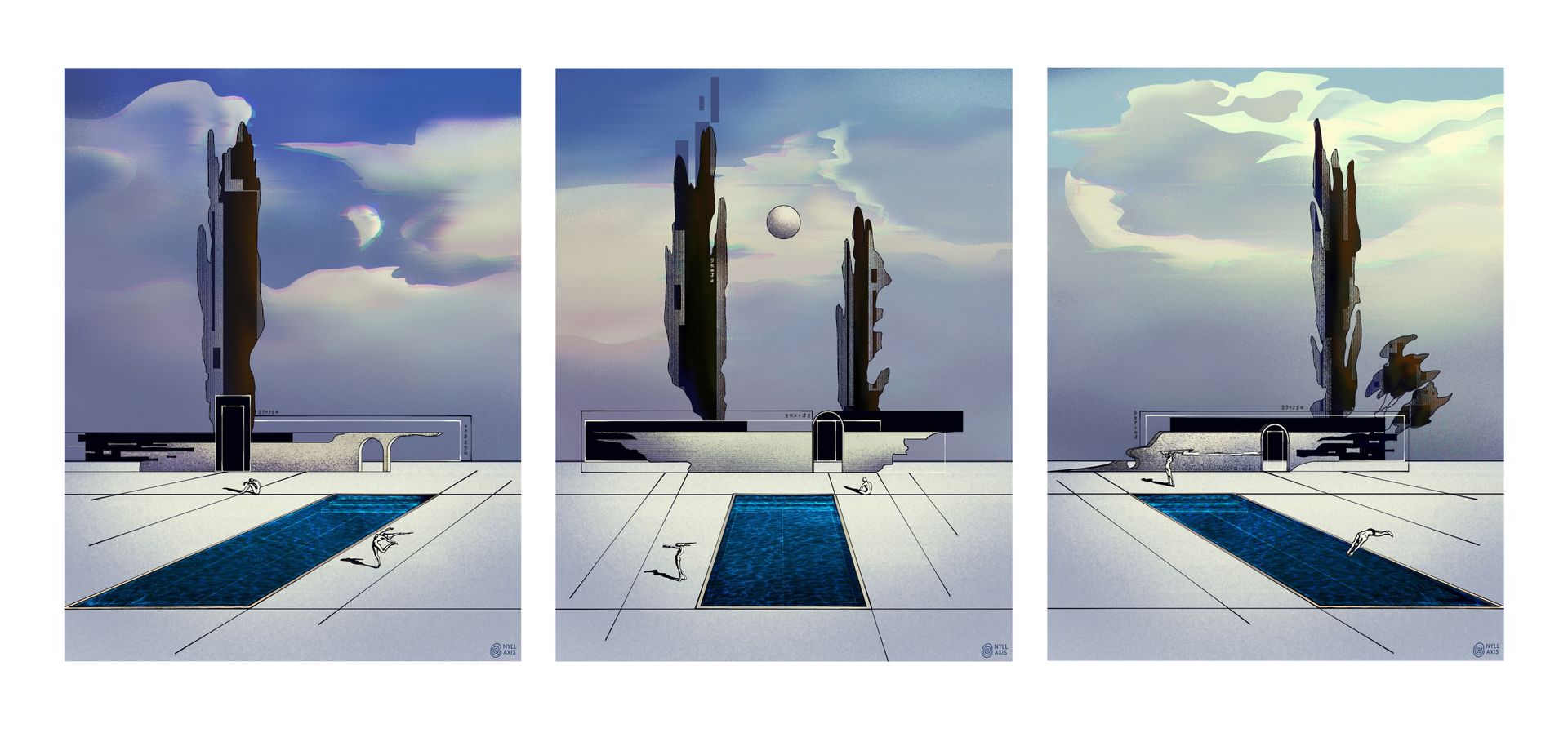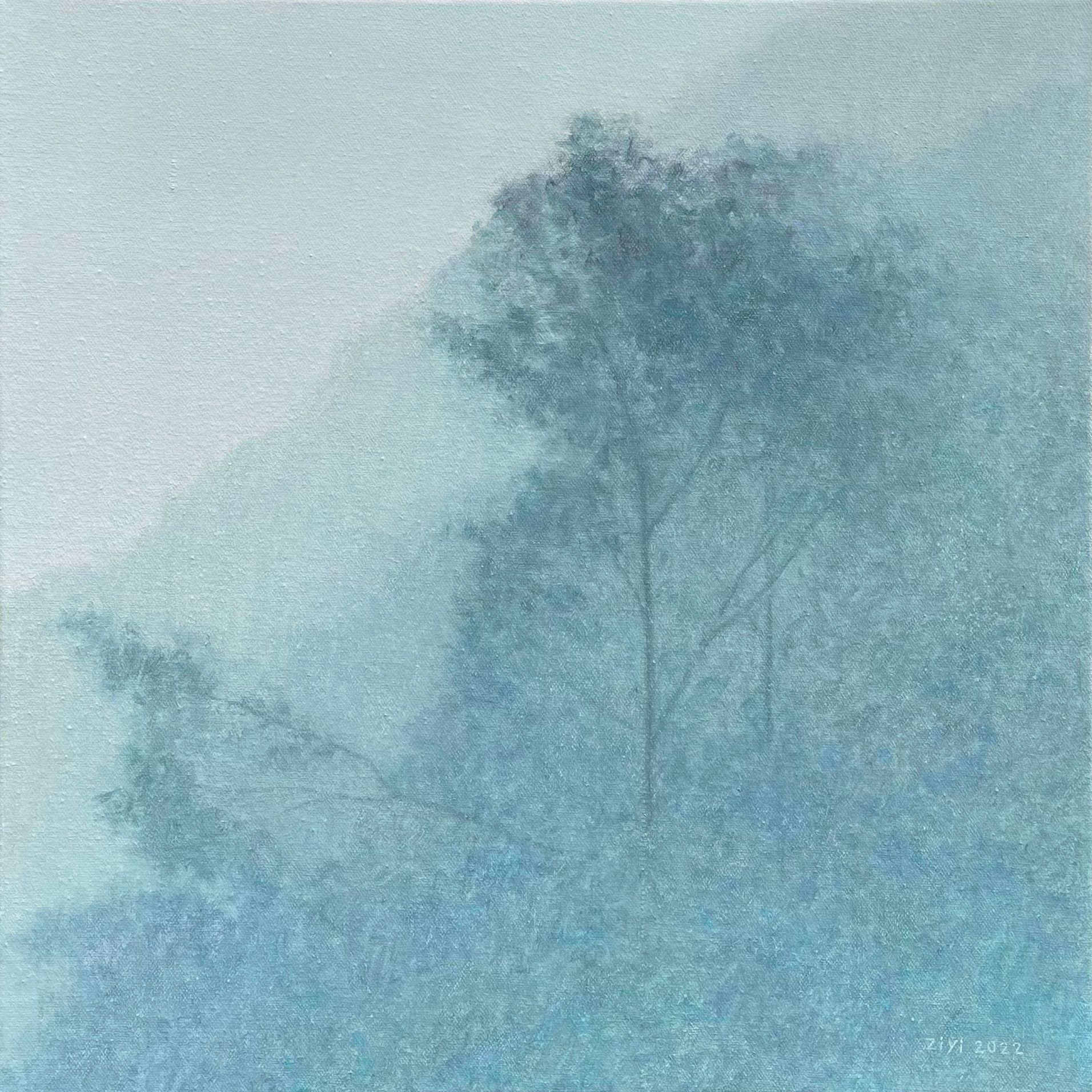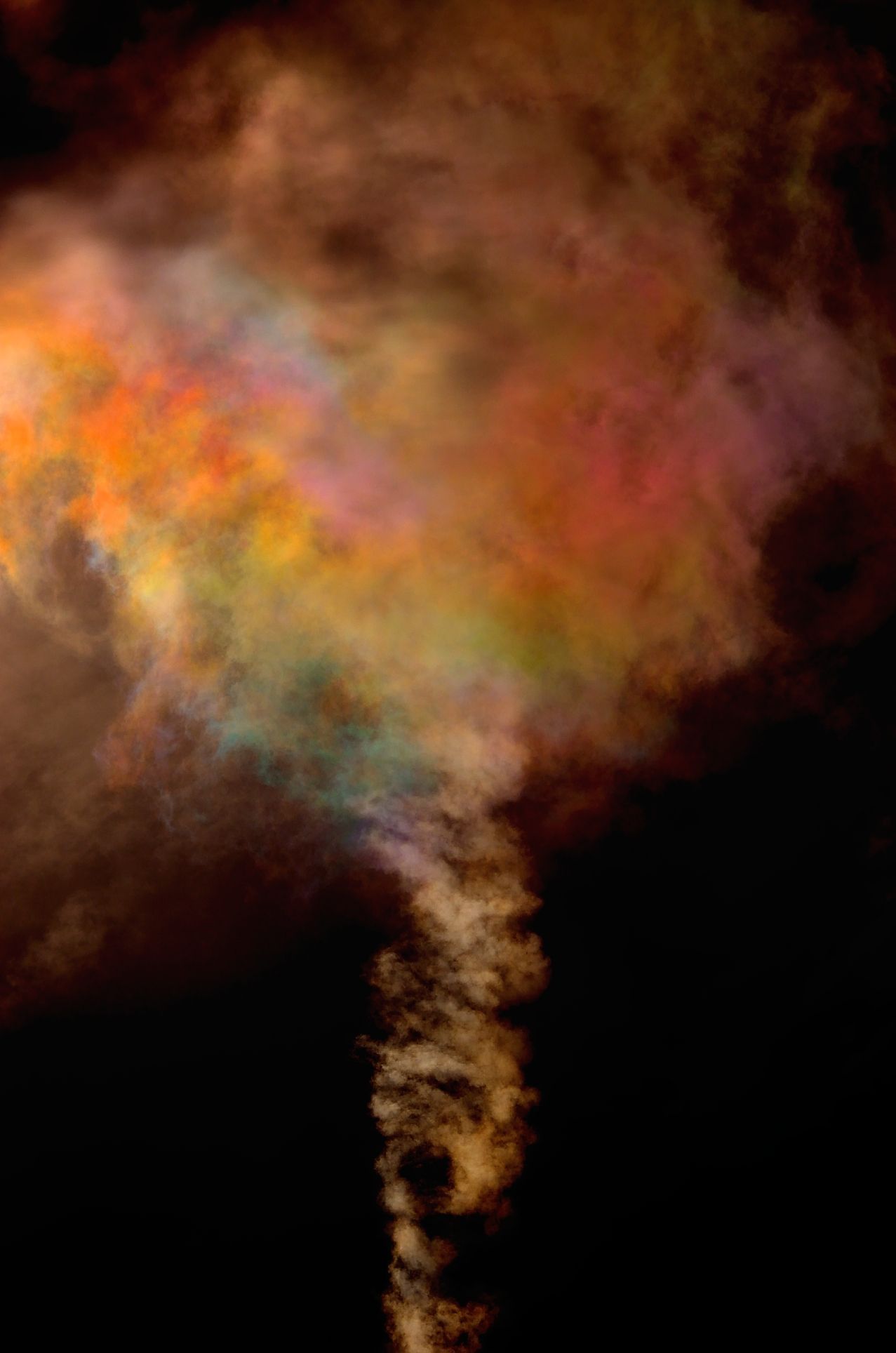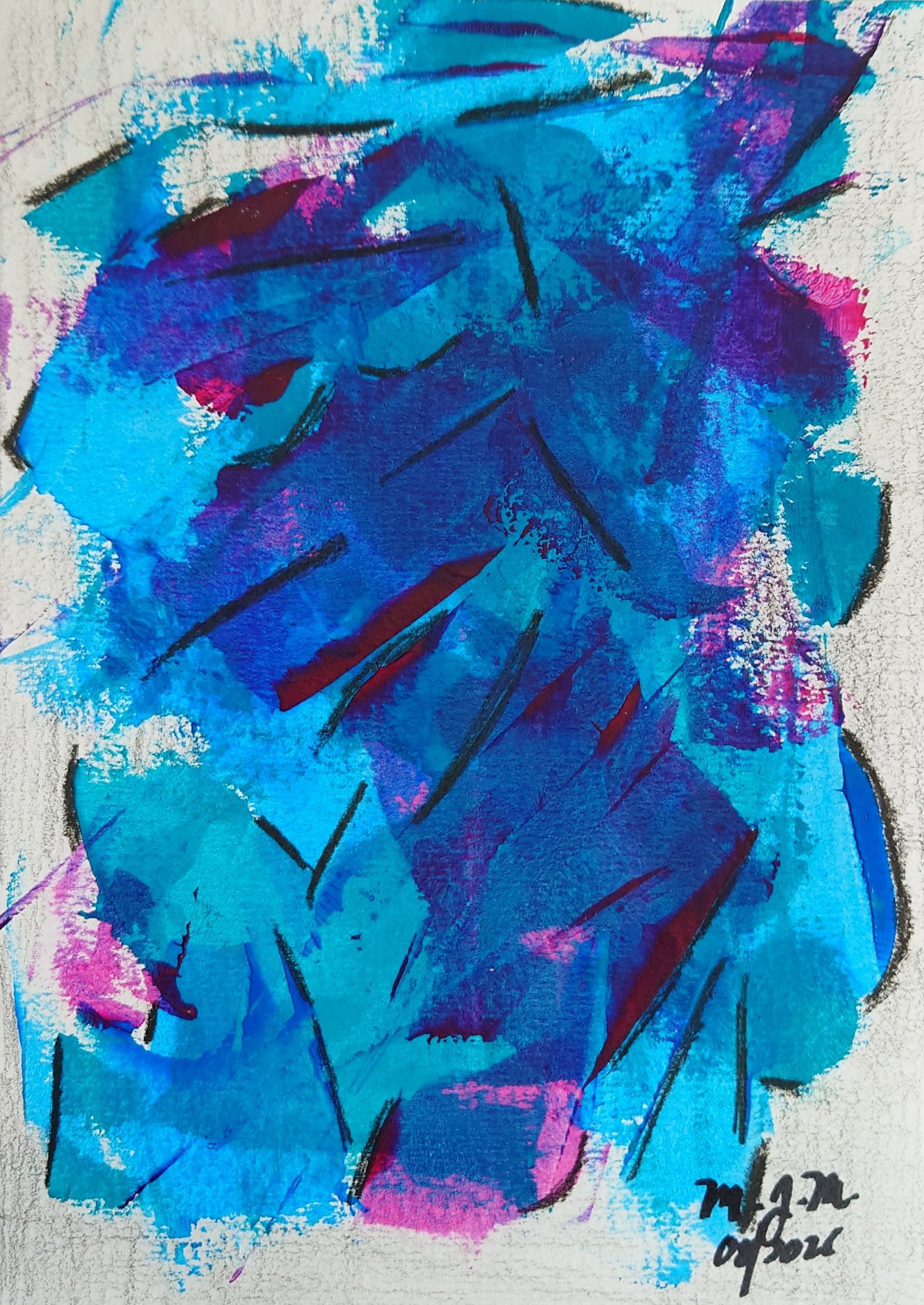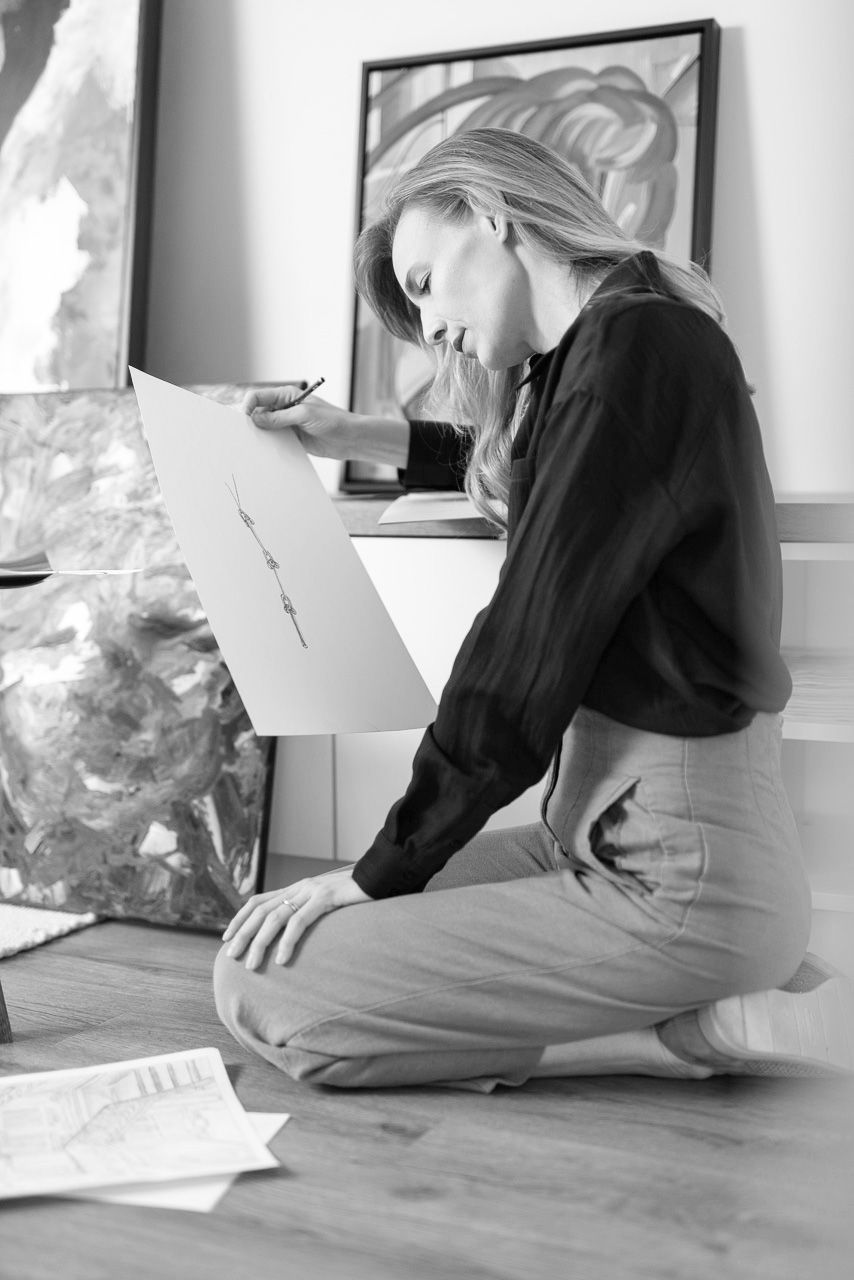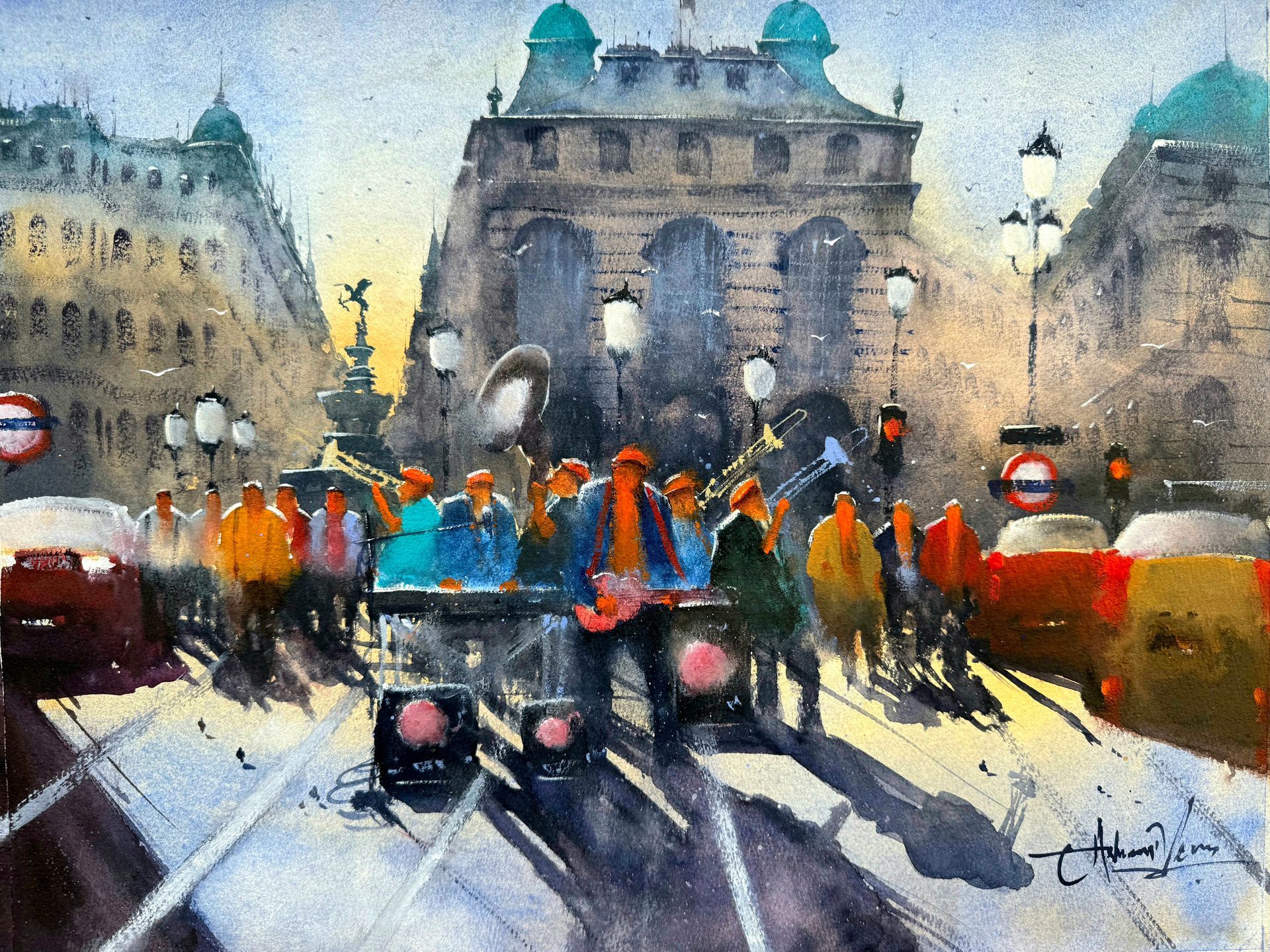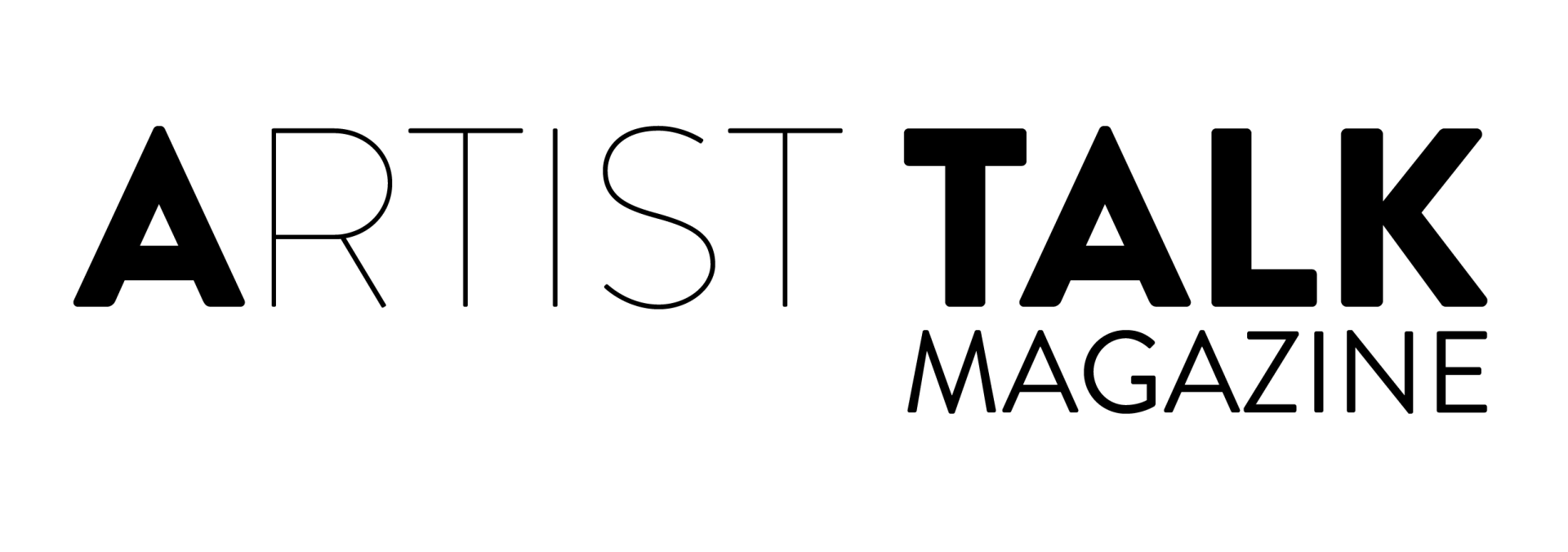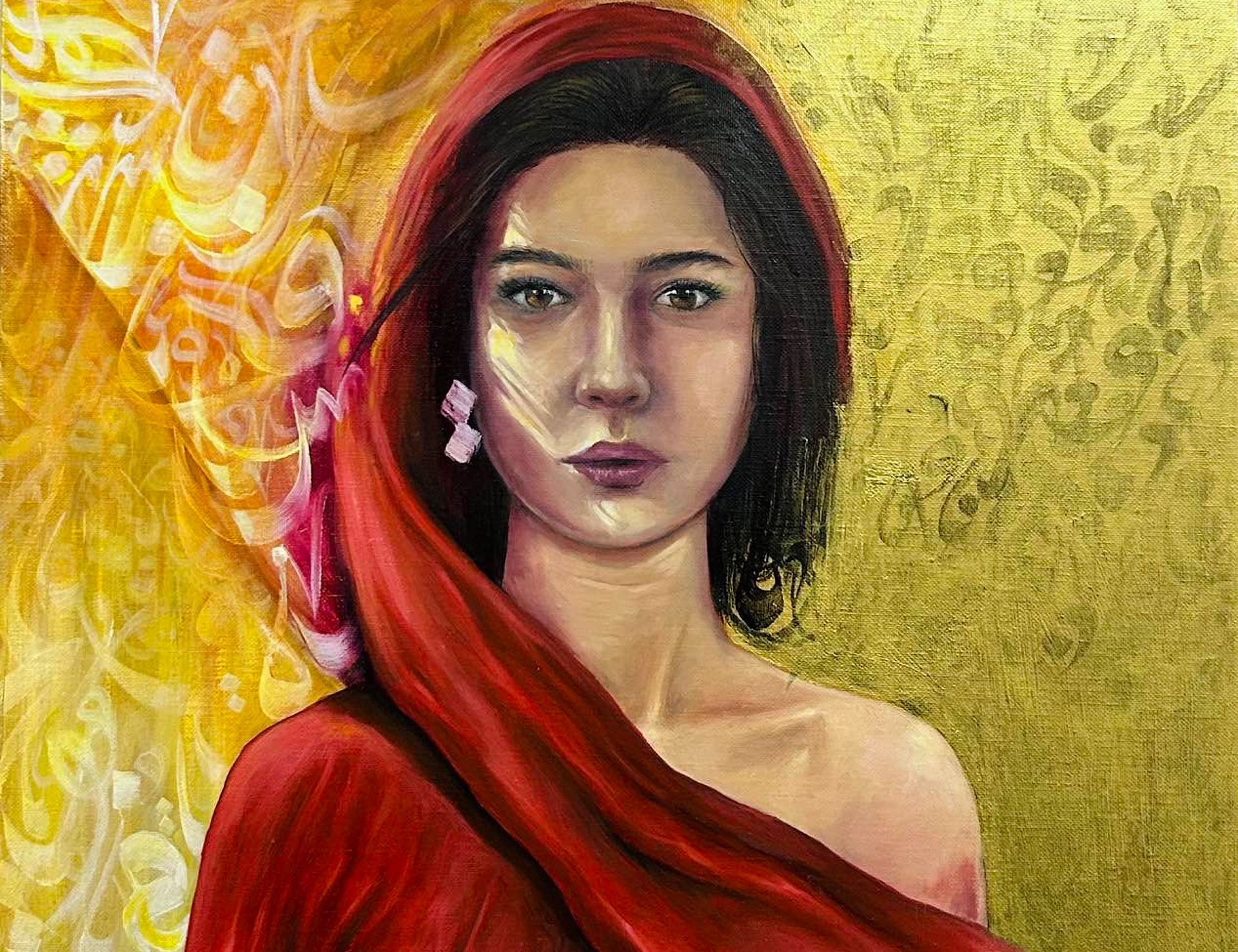Fragile and fleeting states fascinate me. My camera helps me capture the transient and give it permanence.
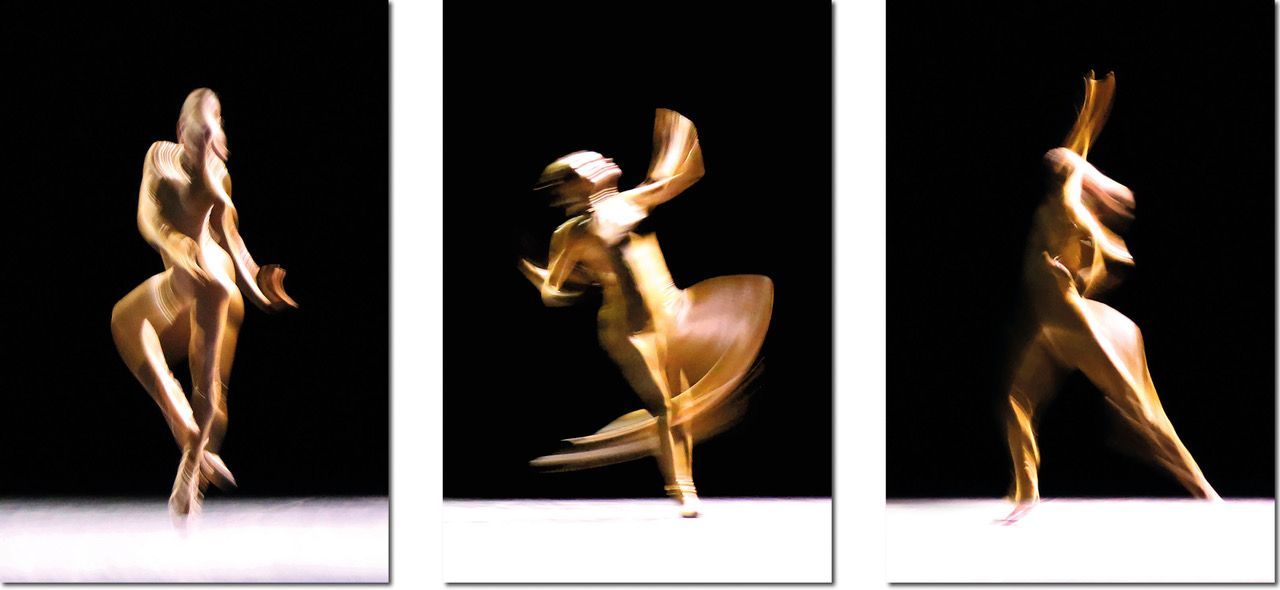
Elitza, you‘ve been working as a photographer in Berlin for some time. You were born and raised in Bulgaria. You studied art and cultural studies at Berlin‘s Humboldt University and later worked for a long time as a graphic designer. It doesn‘t sound like a straightforward path. Have images always been important to you?
Images have accompanied me my entire life. I was fortunate enough to grow up in an art- loving house in Sofia, where – despite the socialist economy of scarcity – there were art albums, books, and conversations about art. As an art history student in Berlin, I learned to analyse images. As a graphic designer, I had to interact with other people‘s photos and my own. As a photographer, I often find myself standing in front of my many photos and have to make a selection, evaluate them, and choose the best ones.
When did you discover photography?
I took my first course at the adult education centre in Berlin at the age of 18 and then set up a lab for analogue black-and-white photography. Unfortunately, photography remained only latent in my life for a long time. I can‘t describe it, but somehow I was afraid to fully im- merse myself in it. During my studies, I pursued it as a hobby, then as a freelance journalist, I illustrated my newspaper articles with my photos, later – as a graphic designer – I used my photos in projects, and finally, I enjoyed documenting my children‘s development… but for a long time, I couldn‘t fully commit to photography.
That changed when I started dancing at the age of 40. Through dance, many blockages disappeared, and many dormant life projects emerged. Personal contact with dancers and participating in their work also inspired me to intensify photography. It was clear to me that at my age, I wouldn‘t reach great heights as a dancer, but that I could certainly live out my fascination for dance and movement through the camera. I developed my skills in dance photography and experimented with a wide variety of photographic techniques.
After my first exhibition, "Fascination Movement," in 2020, I was confronted with the question of whether I wanted to continue practicing photography as a craft or work more artistically. Well, the latter is more my style.
Why did you choose photography as a medium of expression?
My mind was always full of images. Even as a child, I spent long evenings in bed with my eyes closed, imagining, producing images, and arranging the world the way I wanted it to be. I also loved painting and drawing, but I‘m very impatient and need a faster medium to realize my ideas. In addition, I‘m particularly interested in fragile and fleeting states, such as movement, water, and lighting. With a camera, I can give permanence to the ephemeral.
I believe, if you approach the topic from a depth psychological perspective, photography was a remedy for a great fear of loss within me. This fear arose when I came to Berlin in the 1980s, when an entire world—Bulgaria—was lost to me. But the universal human fear of our transience also plays a role here. For me, the camera is a kind of magic wand that allows me to control time and, if I wish, stop it.
In my exhibition "Time - Structure“ (2024), I illustrated this phenomenon using motion photography – with short exposure times, I freeze time; with long exposures, I show the traces of movement and duration; with multiple exposures, I demonstrate simultaneity; and with stroboscopic effect photography, I dissect the moment into fragments and capture them in a single image. I accept the challenge of depicting movement and allowing it to continue to have an impact through a static medium like photography.
Nevertheless, the fear of loss and transience is not the only driving and determining factor in my photography. It is also a great joy to capture transformations and changes. In my series „Berlin as a Water Reflection,“ I photograph the "eternal“ buildings on the Spree—the palace, the cathedral, the Pergamon Museum, etc.—in diverse variations and appearances as transient water reflections. And in dance images, such as "In the Flow of Time,“ I capture traces of movement—unique moments that no one else has seen or can see.
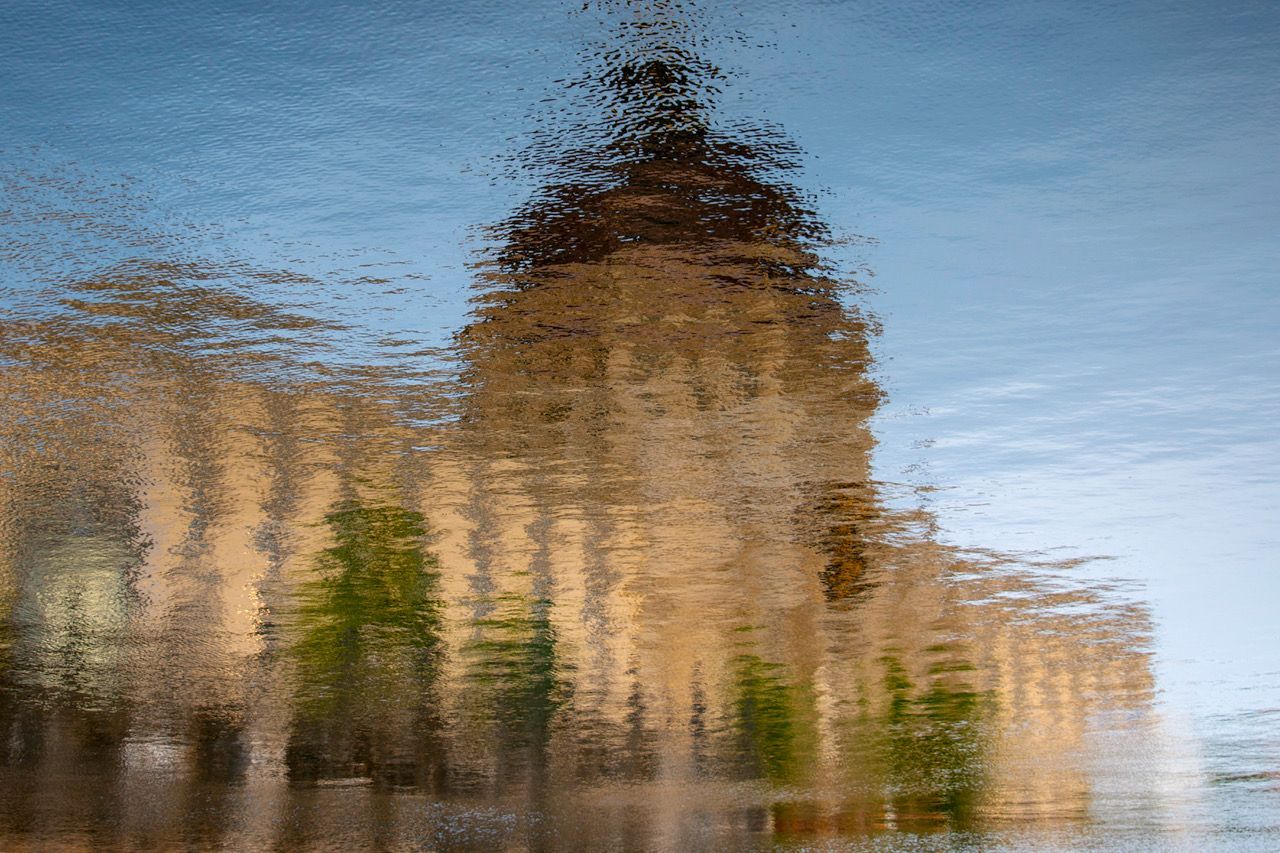
What are you currently photographing?
Since I decided to pursue fine art photography, I haven‘t been so focused on my subject matter. I pay more attention to my "inner thread" and where it leads me.
After intensively exploring movement from 2012 to 2023, I‘ve been fascinated by water since 2024. The series "Berlin as Water Reflection" is a work in progress and may continue, but my observation of water has given rise to a new series – "Abstract Water Images.“ Here, too, water becomes my canvas, its surface textures become brushstrokes and lines, and the reflections on them become patches and patterns of colour. Only here does everything "fall apart“ – real objects like houses, boats, and bridges lose their representational quality and become abstract photographs.
What type of photography do you like? Your water images, for example, move between many areas of photography – nature photography, architectural photography, landscape photography, street photography, abstract photography – but also between the media of photography, painting, and drawing.
My engagement with images and art history has sensitized me to many art movements and styles. I choose my mediums unconsciously. Only in retrospect do I realize, "Oh, that turned out to be Impressionist,“ or "that belongs to Bauhaus,“ or „Oh, I didn‘t know I‘d ever be a landscape painter.“ In principle, in every photograph I take, I look for something special, unique, and "familiar“ that no one else has seen, even though the original „motif“ is visible to everyone and very real.
And, I‘m really excited to explore the boundaries of photography compared to other media.
You‘ve already had four solo exhibitions and one group exhibition. Are you planning a new exhibition for 2025?
Yes, three exhibitions are provisionally planned for 2025.
From June 4 to 28, 2025, I will be participating in a group exhibition with the charming title "I Found a Way to Make You Smile," featuring 38 works that aim to elicit a smile from the viewer in times when there is little to laugh about.
In October, I will have a solo exhibition where I can present various facets of my photography. A public exhibition is planned, but not yet finalized.
For more information - https://www.instagram.com/nanova.artworks/ and https://nanova-photography.com/

